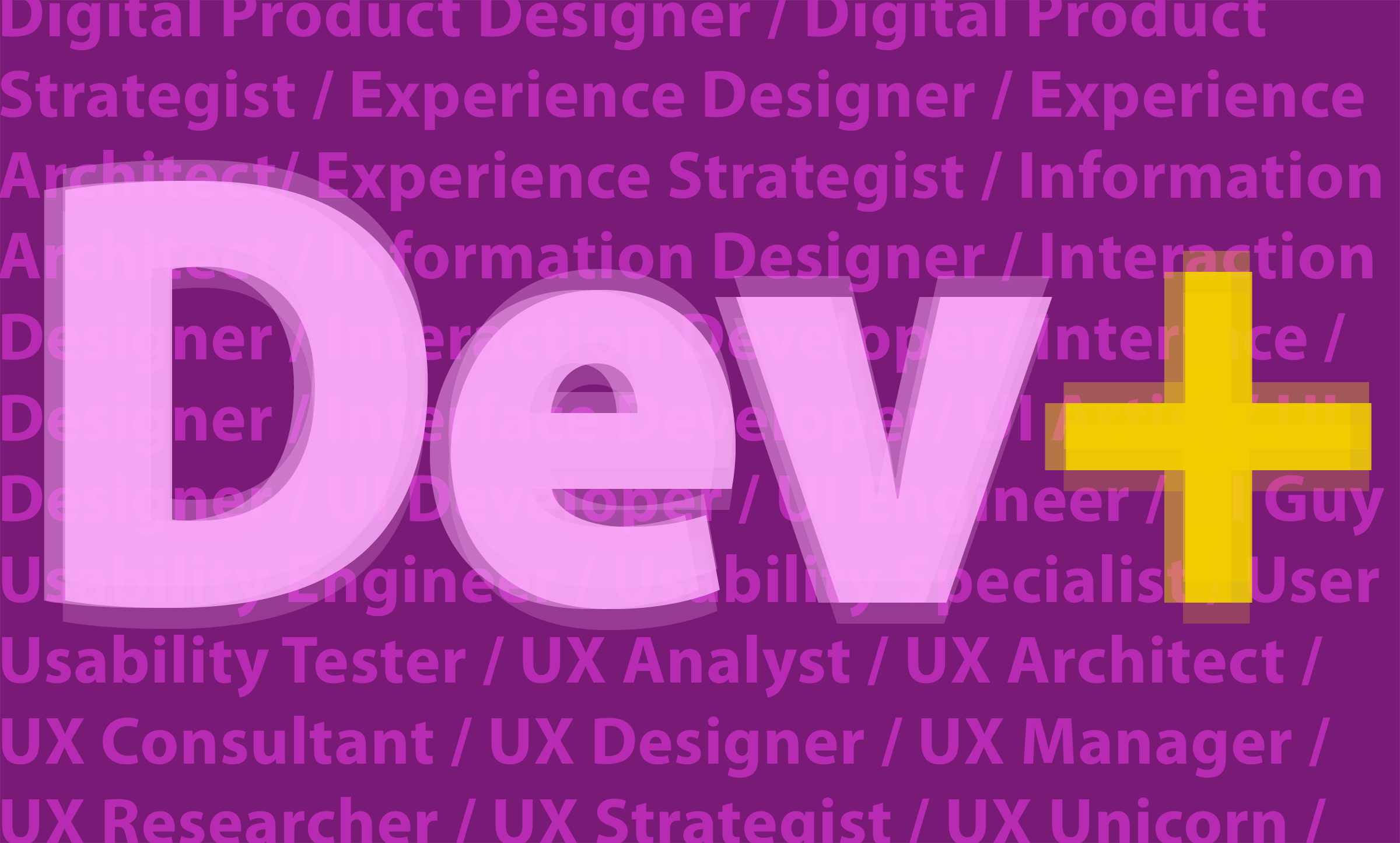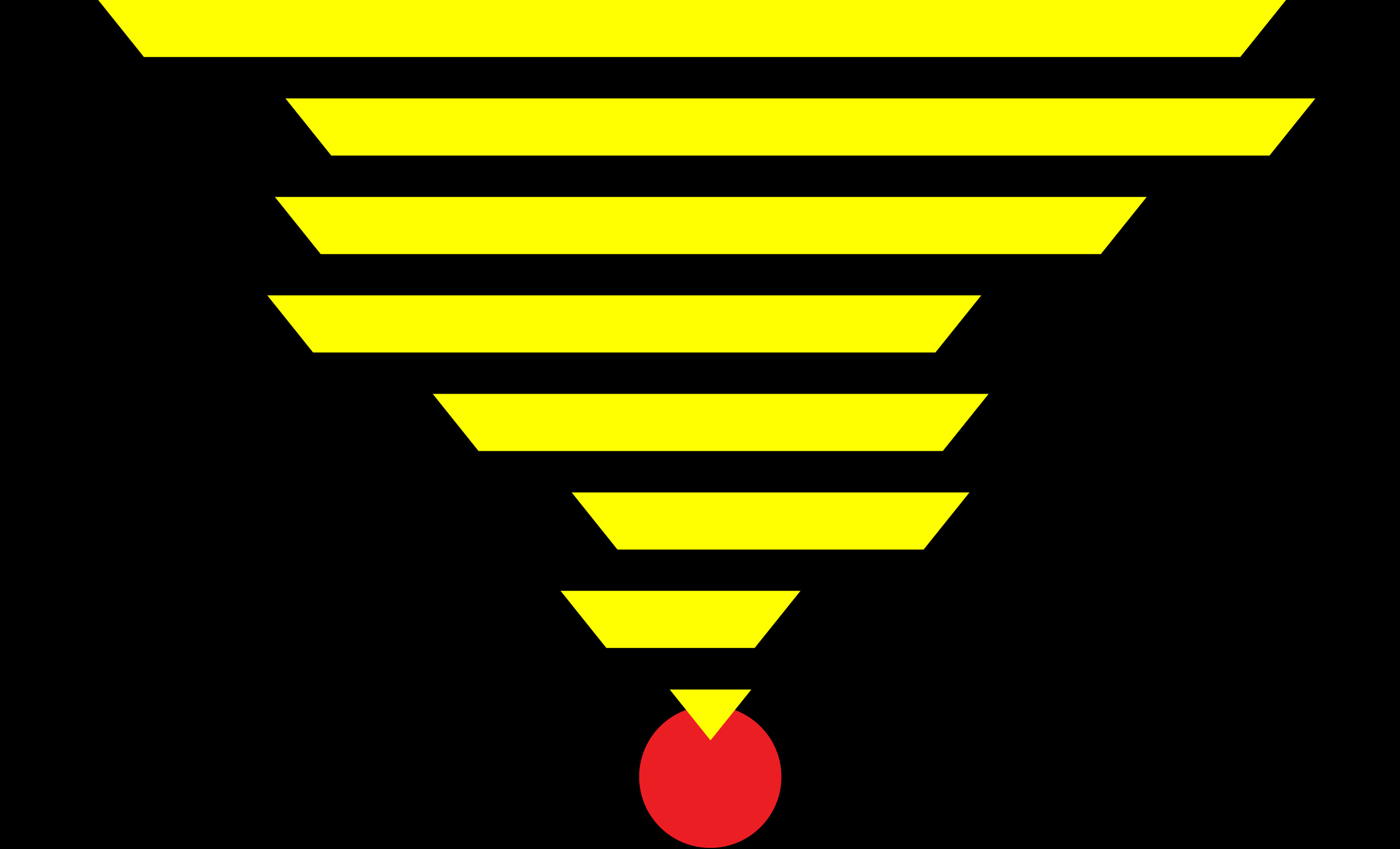Pretty Colors and Pictures Won’t Make Your Digital Product’s Experience Any Better
10 min read
Sometimes organizations think their interface flaws are visual. The problem is the product is ugly, and someone just needs to make it pretty. Development teams try, but because they often have a limited understanding of the relationship of visuals to user experience, their efforts fail.
Making It Pretty
Exhausted and perhaps delirious from his strenuous efforts, Sisyphus is making odd choices, and now things are really going downhill. He has resorted to art.
For some reason, he believes that changing the look and feel of the boulder will solve his eternal problem. If he makes it attractive enough, that massive hunk of granite will leap to the summit and stay there. He will finally be able to rest in peace.
It seems everlasting punishment makes one do strange things.
Are we doing something eerily similar?
Much like Sisyphus the artist, development teams routinely believe they can improve interfaces by making them look better. They consider this view completely rational. In this model, visuals fuel and determine user experience. Visual fixes can thus work miracles. Everything development-centered organizations do to improve visual interfaces stem from this belief. Here are the tactics they pursue:
1. Enlisting developers as visual designers.
Few development-centered shops can boast in-house creative talent. When no visual professionals are available to work on user interfaces, someone else must step up. Usually, the most visually attuned developer is tasked to create an app’s graphical user interface (GUI). Often, a group of developers create the interface in ad hoc fashion.
Based solely on technical requirements, the developer builds the GUI based on their power user point of view. The interface is entirely subordinate to functionality, and is created either on-the-fly or after core development is fully complete.
Why It Fails
Most developers are not visualists.
Someone must craft user interfaces, but expecting left-brain dominant, analytical engineers to be visual designers is a recipe for disaster. It is doomed to fail. Developers don’t make things pretty. It’s not their job. It’s not what they think about. They have not been trained for it. They focus on the functional requirements and quantifiable tasks.
Real disparities in talent and inclination exist between developers and visual designers. Though developers may sense an interface isn’t ideal, most can’t see precisely why something isn’t right visually. They realize this, so they don’t like to wade into the right-brain pool. Instead they prefer to solve problems as any respectable left-brainer would.
The trouble occurs when developers are forced into the roles of visual design, information architecture, or content strategy, creating the classic wrong tool for wrong job scenario. This happens frequently in development teams. It’s one of the chief reasons most software coming from development-centered organizations is so frustrating and confusing.
Granted, some developers are more able to create “aesthetically pleasing” software than others. However, this elusive developer/designer hybrid is remarkably rare and, when you find it, usually more focused on front-end development.
Power users create dreadful interfaces.
When back-end developers create user interfaces, bad interfaces result. Unfortunately, poor visuals are the smallest worry. Usability will be based on a developer’s power-user mentality. The system will work, but mere mortals will be flummoxed and helpless before the clunky interaction. Everyone involved knows this, but feels trapped by budget, leadership, clients, feature-set, use cases, requirements, product path, competitive pressure, or other stress du jour.
Imagine a performance automobile created only by engineers, without constant collaboration with industrial designers and automotive artists. Can you make a Porsche this way? Maybe, but the odds are not in your favor.
2. Hiring a freelance graphic designer.
When development teams feel visual pizzazz is needed, the team may look outside the organization for help with the graphics. This approach will get the organization limited project-based help, but the results will be directed by developers. All work will continue to proceed from a development perspective.
Why It Fails
Few graphic designers have real interface experience.
Most graphic designers are print designers by training. They create identity systems, brochures, signage, posters, or annual reports. They may possess years and years of experience and win industry awards for their work. This does not mean they have the skills to design software or app interfaces. Interactive systems are qualitatively, wildly, monstrously different from print or advertising. Traditional designers do not readily grasp the nuances of non-linear, online systems. Further, their old-school perspective will prevent them from relating to and understanding developers.
Graphic designers are caught in the beautification trap.
Lacking interactive experience, print-focused designers do the best they can. Often, they beautify the existing user interface after it has been developed, reproducing a classic development error. Their embellishments may be better than a developer’s, but they’re still just embellishments, lipstick on a pig. Core usability and the nature of the user’s experience remain fundamentally unchanged. Beautification cannot solve software problems.
3. Asking marketing for help.
Some development shops have active, even large marketing departments that offer graphic design expertise. Collaboration here feels logical. Sometimes marketing assistance is forced upon development by desperate executives.
Why It Fails
Marketing and interface design are radically different.
User experience and usability flaws are often seen as visual problems. Marketing departments are regarded by product developers as specialists in visual problem-solving. Certainly, in-house marketing teams usually include people with graphic design skills. Why not give marketing a crack at the user interface?
Ostensibly a logical step, a marketing-focused approach rarely works for software or app interface design. The skills needed to market the company strategically and visually don’t translate well to digital product design. The rules for interactive usability have very little to do with traditional marketing. Best practices for digital content and interaction are often diametrically opposed to best practices for traditional product marketing (and even digital marketing).
Marketers seldom bridge the technical gap.
Like traditional designers, most marketers tend to exhibit an imperfect grasp of the technical issues driving UI design. The best marketers know this about themselves. Conversely, well-meaning, naive marketers feel their understanding of graphic design will allow them to create usable, elegant interfaces. Caught in the beautification trap, they can end up making an underperforming UI worse.
These problems reinforce the general (and unfortunate) divide between marketing and development. These two groups, thrust into a common arena by the advent of the commercial web, are like parties communicating in different languages without the benefit of an interpreter.
4. Calling in an agency.
When a project feels too large for a freelancer or the marketing department, or if working with either has failed in the past, organizations may bring in outside firms to complete interface work. Consultants come in all shapes and sizes, from graphic design firms and advertising agencies, to web design shops and UI specialists. These firms fill the developers’ needs as best as possible based on their proclaimed UI skillset. Finding firms requires referral, searching, interviews, and heaven help us, RFPs. Cost drives choice.
This approach can offer limited or even solid success but can be fraught with pitfalls.
Why It Fails
Consultants are not magicians.
Despite what you may hear in elaborate RFP presentations, consultants cannot perform the impossible. They are limited by their expertise and scope of work. They cannot be anything other than what they are, and they can only do what you hire them to do. The very act of bringing on a consultant does not guarantee success.
The process can backfire.
Finding a solid creative firm with UI experience can be difficult, particularly in smaller markets. Traditional or digital agencies may claim user experience expertise but nearly always lack it. Their expansive portfolios typically include web sites, web marketing, SEO, social media, branding, print, PR, and advertising services (to name a few). They try to be everything to everyone. They bring an agency knife to a UX/UI gun fight.
Short-term thinking rules the day.
Consultants are often brought in for one-off projects. Assuming the right skillset and focus, tangible value can be gained from limited engagements, and they can yield significant improvements. However, the project-based approach is superficial. It can only solve limited interface problems and by definition cannot address underlying systemic issues (the source of most UI problems).
No consultant can, by themselves, transform a company into a user experience powerhouse. This is especially true if the organization’s leaders fail to recognize the strategic nature of investing in usability, or are unable or unwilling to move culture in a user-centered direction.
Consultants move on.
Even if hired to catalyze change, consultants are temporary. They come and they go. When a talented services firm has left the scene, are internal teams better off, or do they utterly falter? Does an organization return to previously unsuccessful tactics? Success depends less on the consultant and more on the organization’s motivations, commitment, and leadership.
5. Hiring a dedicated visual designer.
Teams burned by one or more of these tactics may attempt to build design muscle internally. They may hire an interface design resource permanently dedicated to interface work. This move is more typical for larger development shops or teams focused on websites or mobile apps.
Hiring a professional interface designer (rather than a graphic designer) is a solid step in the right direction. It shows long-term commitment to making better digital products. However, even this step may not lead to the changes the development firm desires.
Why It Fails
Finding the right designer is not easy.
Most software creators are development-centered firms with development-centered instincts, biases, and processes. Development firms often cannot differentiate solid interface designers from mediocre interface designers. Since the first UI hire will become the de facto interface guru, this initial professional is pivotal. Hiring an excellent designer can require luck. Hiring a so-so designer is easier but can lead to a false sense of progress.
A dedicated designer may have to swim upstream.
Even if the hire is excellent, development firms find assimilating interactive designers problematic. They don’t know where UI specialists fit, so they often tack their contributions on to the end of the process (after planning, definition, and development are largely complete). Even a highly talented professional can only do so much to improve a complete or nearly complete product. They can change the veneer, but the substance below the surface, where user experience is determined, will remain unchanged.
Too many shops can’t overcome this institutional inertia. Lost in the paradigm that high-quality visuals (created after the fact) lead to better usability, development firms relegate UI professionals to second-class status. Interface designers become order-takers serving an established process. Great effort and expense has yielded the equivalent of an exceedingly fancy bandage on a recurring injury.
When a lone visual designer is stuck navigating development culture, they fight two major battles. They fight to create excellent interfaces, and they fight to be allowed to create excellent interfaces. Either fight could be all-consuming. In such an environment, the more talented the interface specialist, the more likely their stay at the firm will be short.
Visual fixes don’t address systemic problems.
Some of the words and phrases in this article intentionally reflect real terms development teams use when talking about user interfaces.
- Look and Feel
- Graphical User Interface
- Beautification
- Pretty
- Aesthetically Pleasing
- Visual Pizzazz
- Lipstick on a Pig
These are flighty terms describing a veneer or patina. And looking at design this way is a serious problem for usability.
Misunderstanding Visual Design
Most engineers and left-brainers view visual design as an entirely subjective façade. When a thing is subjective, it is art. It is merely beauty. Because engineers tend to think this way, they do not esteem visual design. Unsurprisingly, they fail to understand its proper role, often with devastating effects on user interfaces.
If visuals are only embellishment, why do most development teams insist on fixing flawed interfaces through “beautification?” Can visual design simultaneously be window dressing and the key to improving interfaces? No. It cannot be both.
In fact, it is neither.
Why Visual Fixes Fail
Visual design is far more valuable to interfaces than most realize, yet it is no miracle elixir. User interfaces are only the tip of the iceberg. If you want to make a digital product better and easier to use, the entire user experience must be addressed. This includes function, form, content, context, and interaction, all of which are linked inextricably. Focusing on visuals fails because development teams misunderstand what it takes to make high performing sites, apps, or software. It takes a holistic approach.
This is why employing freelancers, working with the marketing team, bringing in an agency, or even hiring an interface designer can so often flounder. If an organization devalues and misunderstands the role of design and nature of interfaces, nothing any of these folks do will succeed in the long term.
A Common Thread
We’ve looked at a number of ways development teams attempt to make their digital products more user-friendly. Changing internal processes, seeking external advice, hyper-investing in training, or upgrading visuals are frequently employed. Unfortunately, they will not solve the problem of poor user experience. Without a complete change in perspective, they cannot.
Next Post in This Series
Why Development-Centered UI Approaches Fail
Part of the Modern Digital Tragedy Whitepaper
All Posts in This Series
- The Impossible Standard of Digital Product Perfection
- Stop Relying on Process Change to Fix Poor UX
- Feedback From Customers, Users, and Competitors Can Lead Your Dev Team Astray
- Training and Online Help Can’t Fix Poor Digital Product Design
- Pretty Colors and Pictures Won’t Make Your Digital Product’s Experience Any Better
- Why Development-Centered UI Approaches Fail





